The Historical Tapestry of Locust Grove
Henry Livingston Jr. was the first to call Locust Grove home, naming the estate in 1771 after the black locust trees adorned the property. He purchased the land from his father, setting the stage for what would become a historical landmark.
Following Livingston's passing, estate ownership transitioned to John and Isabella Montgomery, a wealthy couple from New York City. They shifted farming operations closer to the Hudson River and built a cottage on the estate.
In 1847, Samuel F. B. Morse, the telegraph inventor, bought the property. Morse's acquisition marked a pivotal moment in the estate's history. He hired architect Alexander Jackson Davis in 1851 to transform the cottage into an Italianate villa, a project completed the same year. The estate became Morse's summer home, and he continued to improve the landscape until his passing in 1872.
After Morse's death, his family spent less time at the estate, eventually renting it out. In 1895, William Young took up residence at Locust Grove. Recognizing its historical importance, he bought the property from Morse's heirs in 1901. Young undertook extensive restoration alongside his wife Martha, adding modern amenities like central heating and running water.
The Young family's efforts didn't stop at restoration. They also amassed a 20,000-piece collection of fine and decorative arts, displayed today across the mansion's 40 rooms. Their dedication to preserving the estate's history led to its designation as a National Historic Landmark in 1964.
Architectural Marvels of the Estate
The Italianate mansion, designed by Alexander Jackson Davis and completed in 1851, stands as the centerpiece of Locust Grove. Its architectural style reflects the aesthetic sensibilities of the period, characterized by ornate detailing and grandeur. The mansion isn't the only architectural marvel on the estate; other structures like the carriage house and ice house add to its historical richness.
In 1901, William and Martha Young undertook the last significant renovation of the mansion. They added a new dining room and guest bedrooms in a large north wing, further enhancing the estate's appeal. These renovations incorporated modern amenities without compromising the historical integrity of the building.
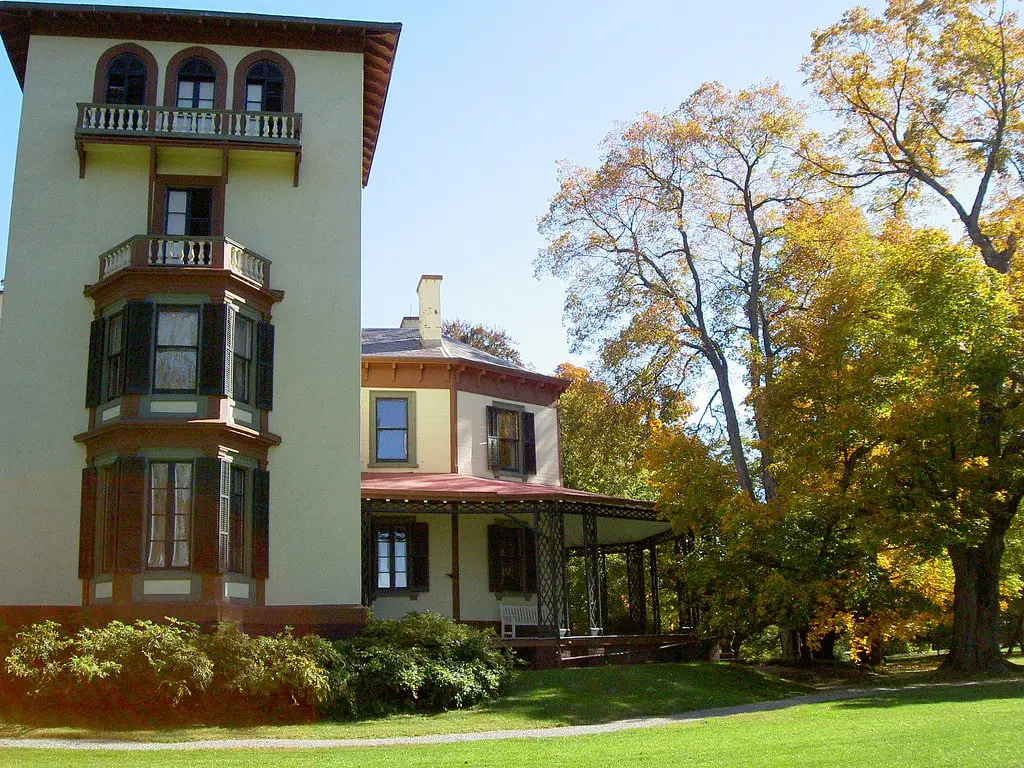
The Young family's restoration efforts were meticulous, ensuring that each room in the mansion was carefully curated. Today, visitors can explore the mansion's 40 rooms, each filled with artifacts and heirlooms that tell the story of the estate and its various inhabitants over the years.
The architectural elements of Locust Grove serve as a window into different periods of American history, from the Italianate influences of the 19th century to the modern renovations of the early 20th century. Each structure on the estate contributes to the overall narrative, making it a living museum of architectural evolution.
The Gardens and Natural Beauty
One of the most enchanting aspects of Locust Grove is its gardens. Restored to their pre-WWII appearance, these gardens offer a tranquil escape filled with blooming flowers and lush vegetable patches. They testify to the estate's long-standing commitment to natural beauty and conservation.
The estate also features five miles of hiking trails, originally 19th-century carriage roads, that wind through open meadows and shady groves. These trails offer a unique opportunity for visitors to immerse themselves in the natural splendor of the Hudson Valley, making it one of the top things to do in Poughkeepsie, New York.
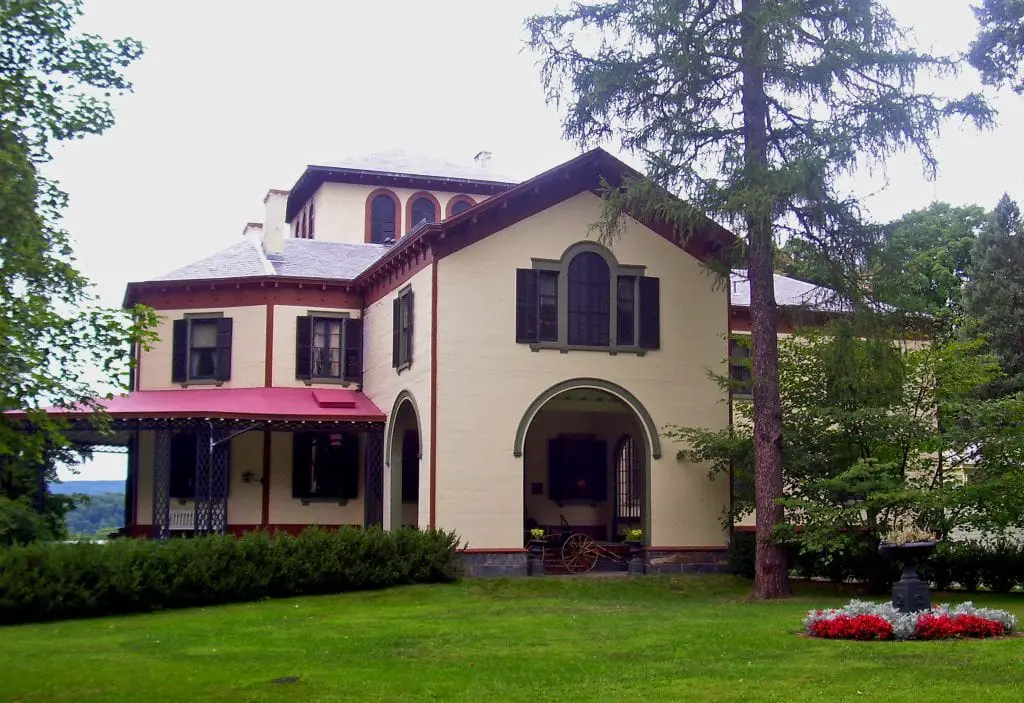
The estate's location on a hill overlooking the Hudson River adds another layer of natural beauty to its profile. The panoramic views of the river and the surrounding landscape provide a breathtaking backdrop, especially during the golden hours of sunrise and sunset.
Locust Grove's commitment to natural beauty extends beyond its gardens and trails. The estate also serves as a nature preserve, ensuring its 200 acres remain a sanctuary for local flora and fauna. It perfectly blends historical significance and natural splendor, offering something for everyone.
The Museum and Art Collections
Locust Grove is more than just a historical estate; it's also a museum that houses an extensive collection of fine and decorative arts. The Young family's 20,000-piece collection is displayed across the mansion's 40 rooms, offering visitors a glimpse into different American art and culture periods.
The estate also features the Transverse Gallery of Contemporary Art in the visitor welcome center. This gallery showcases a rotating selection of modern artworks, contrasting the historical pieces housed in the mansion.
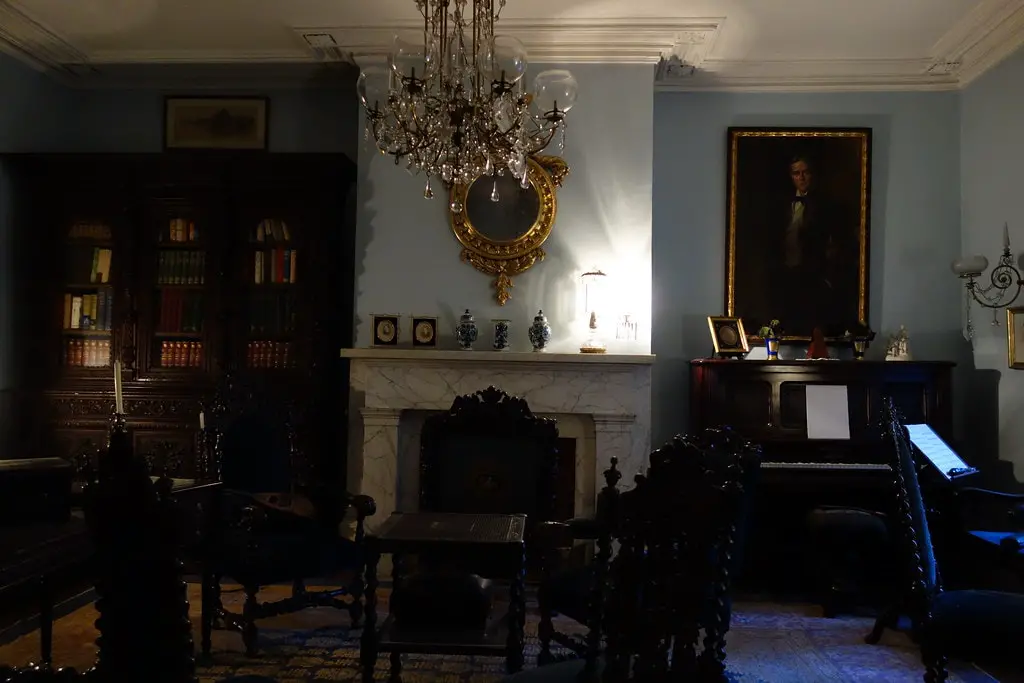
Educational programs are an integral part of Locust Grove's mission. The estate offers lectures, workshops, and guided tours to educate the public about its historical and artistic significance. These programs are often held in the classrooms located in the visitor welcome center.
The museum and art collections at Locust Grove serve a dual purpose. They preserve the estate's rich history and provide a platform for contemporary artists and educators. It's a cultural hub that bridges the gap between the past and the present.
Events and Special Programs
Locust Grove isn't just a place for history buffs and nature lovers; it's also a popular venue for special events. The estate's scenic backdrop and historical ambiance make it an ideal location for weddings, offering couples a romantic setting with 21st-century amenities.
Guided tours of the mansion are another highlight, allowing visitors to explore its 25 rooms with unique collections. These tours offer an in-depth look at the estate's history, architecture, and art collections, making them a must-visit for anyone interested in American history.
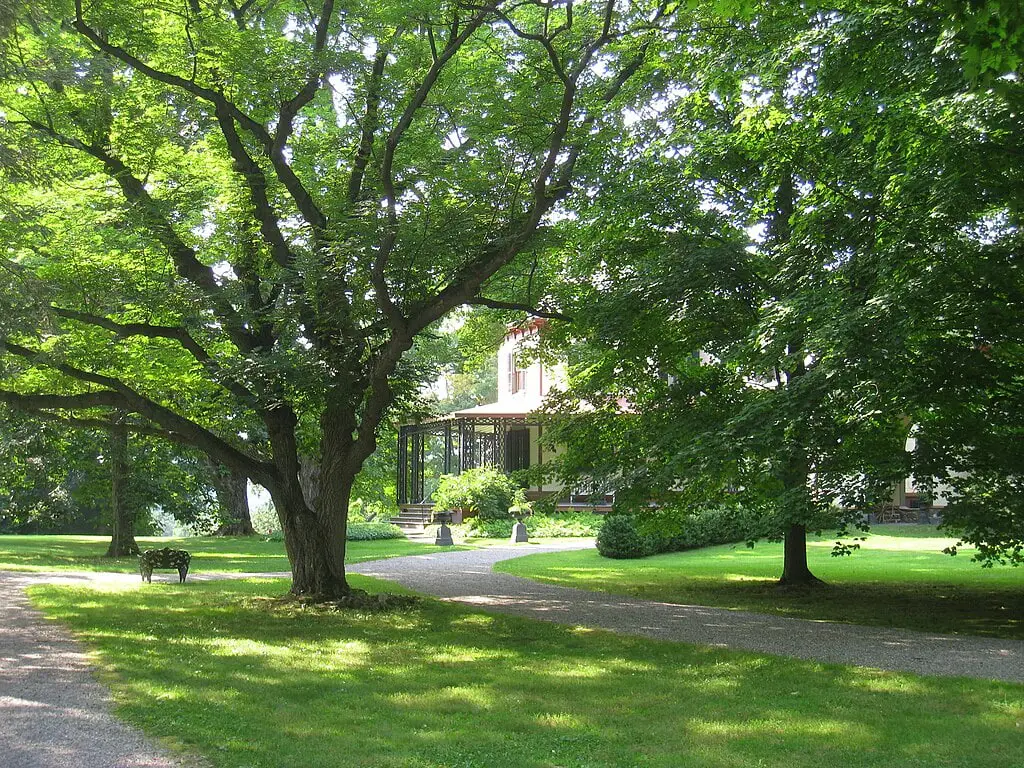
The estate also has a calendar of events, including lectures, workshops, and seasonal celebrations. These events allow the community to engage with the estate more interactively, enriching their understanding of its historical and cultural significance.
Special programs and events at Locust Grove serve to enhance its appeal as a community hub. They offer diverse educational and recreational experiences, ensuring the estate remains a vibrant part of Poughkeepsie's cultural landscape.
Practical Information for Visitors
Are you planning a visit to Locust Grove? For the most current details on when the estate is open to the public, it's recommended to consult the official website. Ticket prices for guided tours and special events are also listed online, making it easier for visitors to plan their trip.
Becoming a member of Locust Grove is a great way to support the estate's ongoing preservation efforts. Membership comes with various benefits, including free admission to the mansion and discounts on special events.
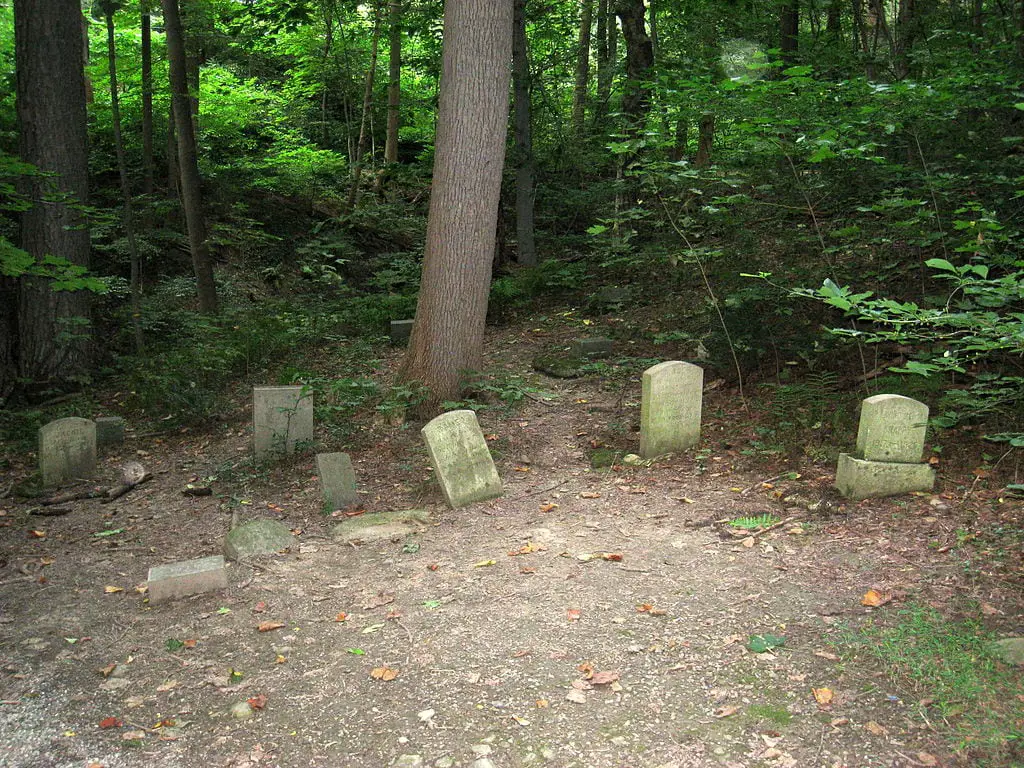
For those traveling from outside Poughkeepsie, the estate is easily accessible by public transportation. Detailed directions and transportation options are available on the official website, ensuring a hassle-free visit.
Conclusion
Locust Grove is a testament to America's rich historical and architectural heritage. The estate captivates visitors with its impeccably maintained mansion, vast collections of art, and picturesque gardens, catering to lovers of history, art, and nature.
The estate's commitment to education and community engagement ensures that it will continue to be a vital part of Poughkeepsie's cultural fabric for years to come. So, why not take the opportunity to explore this local treasure? You won't be disappointed.

yes I work there year ago locked ward
Locust Grove is best known as Samuel Morse's estate, so I wonder if you meant Hudson River State Hospital. If so, working in a locked ward must have been intense—there are so many stories behind those walls.